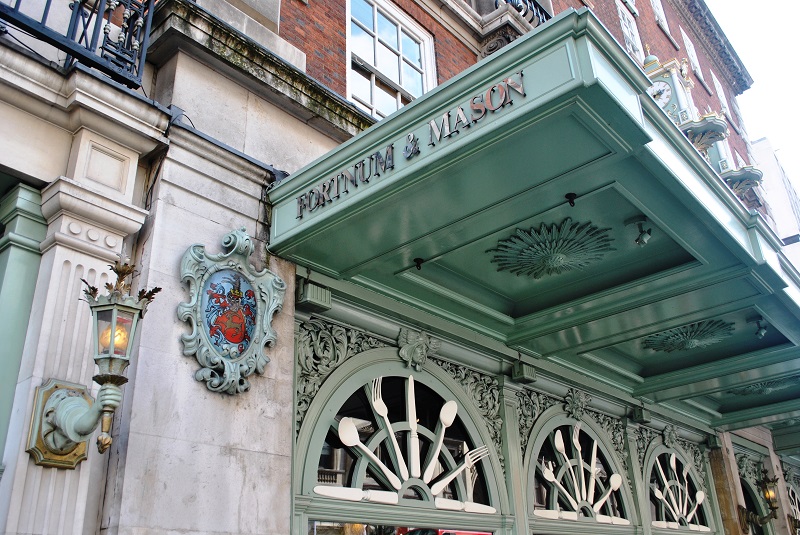It is well-known that there is a commercial value to the heritage of a company. Highlighting the heritage of a company can help to increase loyalty as well as attract new consumer at home and overseas. The use of heritage can differentiate a company from their competition. A number of heritage brands have gained success from making the most of their long business history and the assumed inherent Britishness that comes with this.
However, a number of companies who have heritage are failing to exploit it. Unlike Fortnum & Mason, or Berry Brothers, there are dozens of different companies who fail to showcase heritage, failing to take customers on the journey they wish to travel, regardless of the quality or use of the product being advertised.
Heritage brands are sometimes unaware, and often nervous and uncertain of the notion of branding. This reticence means that companies miss out, while at the same time more and more of their competitors can be making the most of the heritage branding available, and seeing the benefits associated. There are a range of different ways that companies can make the most of their heritage branding. This includes preparing a narrative, making the most of their story and highlighting the elements that are most likely to appeal to their audience, whether that is a prestigious customer list or an established year.
Companies are able to establish a heritage with companies that are working to create one as opposed to having a heritage already established. Hendricks gin for example, is offered in an apothecary jar, with Victorian lettering and the statement that the company was established in 1886. However, the company was founded in 1999, by William Grant & Sons, a parent company who was founded in 1886. The branding has been tailored around the earlier date to create heritage. It is also vital that heritage is portrayed in a way that appeals to a contemporary audience.



